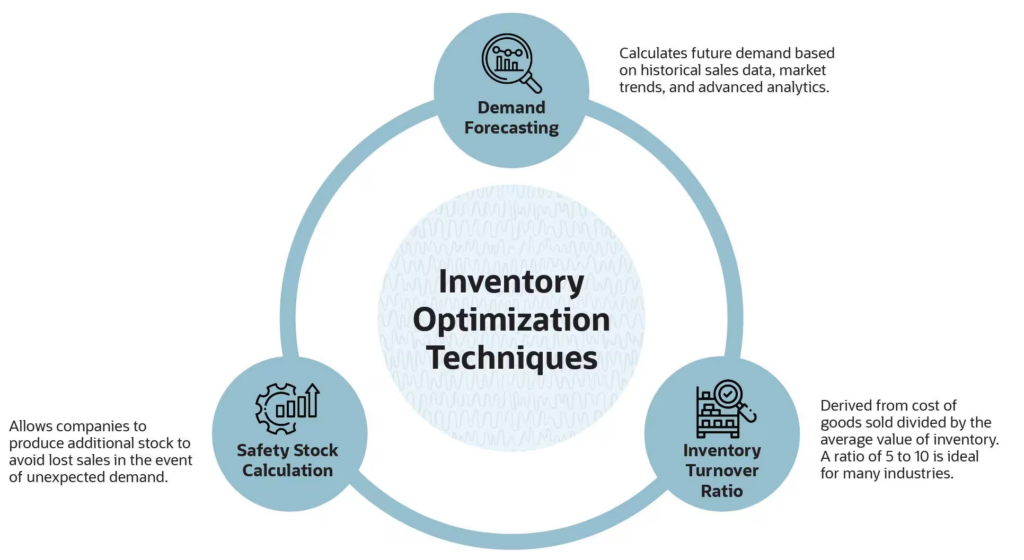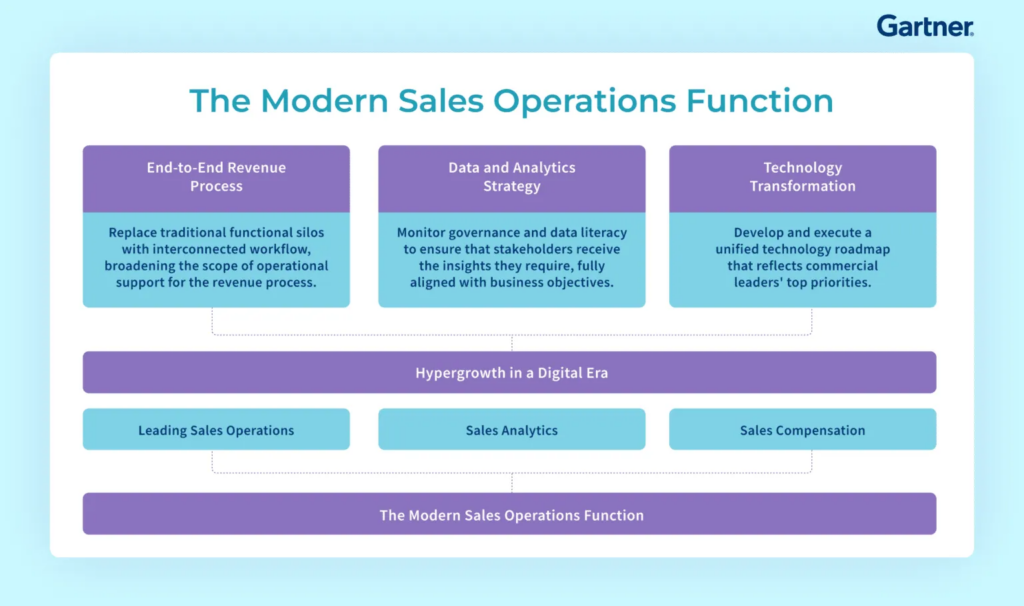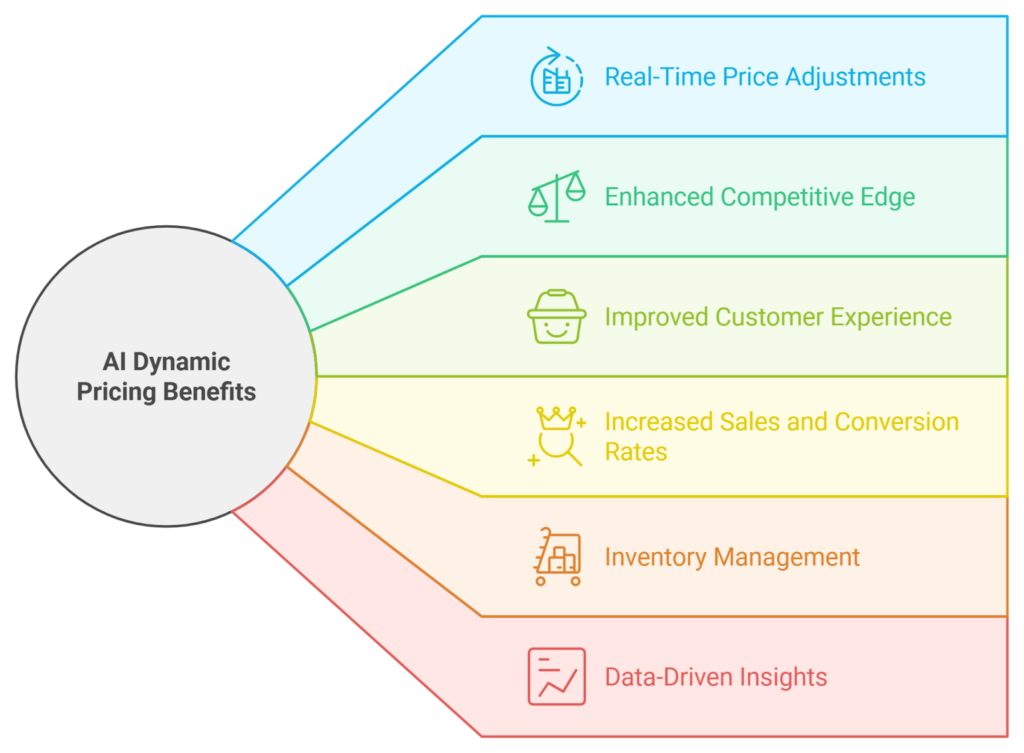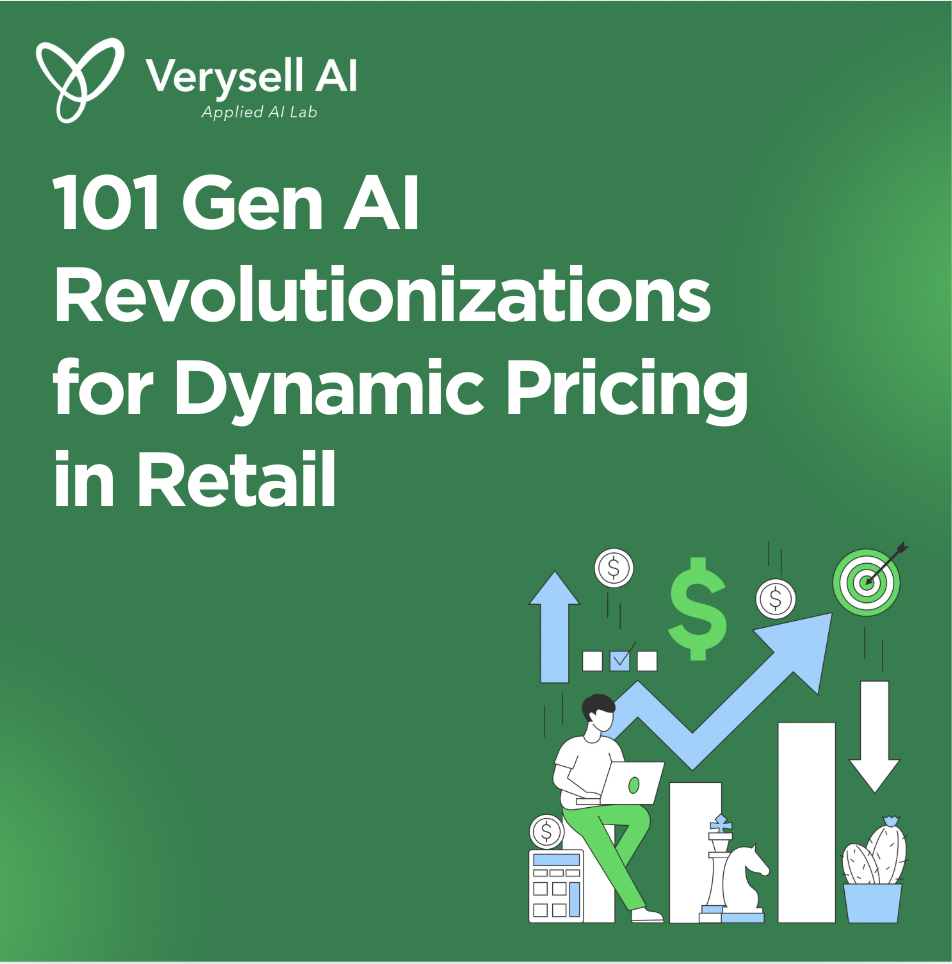Gen AI Revolutionizations for dynamic pricing is key to staying agile and competitive in today’s competitive retail landscape. But how can retailers implement it effectively? The answer lies in Generative AI, which is transforming how pricing strategies are optimized in real time. In this blog post, we will explore industry-specific applications and use cases of AI dynamic pricing.
1. Introduction to AI-powered dynamic pricing in retail
AI-powered dynamic pricing is transforming how businesses establish and modify their prices in the e-commerce sector. This technology utilizes advanced algorithms and machine learning to analyze extensive data sets, enabling retailers to optimize pricing in real-time based on various factors. The primary objectives are to maximize revenue, enhance competitiveness, and improve customer satisfaction. Dynamic pricing adjusts prices according to demand, competition, and customer behavior. AI algorithms are capable of processing data more quickly and accurately than traditional methods, allowing retailers to swiftly respond to market fluctuations and consumer trends.
2. Industry-Specific Applications and Use Cases of AI Dynamic Pricing
Retailers implement dynamic pricing to respond to changes in consumer demand and inventory levels. AI in commerce tools can assist in this area. AI analyzes competitor pricing and market trends to suggest optimal price points, enhancing sales and profitability. AI is revolutionizing the retail and consumer goods sector, enhancing various aspects of operations and customer engagement within seven elements.

2.1 Personalized Shopping Experience
Gen AI Revolutionizations analyzes customer data to provide tailored product recommendations, improving the shopping experience and increasing conversion rates. AI tools for platforms like Shopify can further enhance this personalization, enabling retailers to create targeted marketing campaigns and improve product visibility based on individual customer behavior. Additionally, innovations such as virtual fitting rooms and augmented reality tools allow customers to visualize products before making a purchase. These features provide an interactive shopping experience, helping customers feel more confident in their decisions and ultimately enhancing overall satisfaction with their purchases.
>> Read more: https://verysell.ai/ai-in-the-retail-trends-in-2025/
2.2 Inventory Optimization
Gen AI Revolutionizations helps inventory management predict demand patterns, allowing retailers to optimize stock levels and reduce waste. AI based ecommerce platform solutions can assist in this area. This leads to cost savings and improved profitability, ensuring that businesses can meet customer demand effectively. By leveraging these insights, retailers can optimize stock levels, ensuring they have the right products available at the right time, which minimizes waste and reduces excess stock costs.

Source: Netsuite, 2024
AI-based e-commerce platform solutions enhance this capability by providing real-time data and analytics, allowing businesses to respond quickly to changing consumer preferences and market trends. This proactive approach not only leads to significant cost savings but also improves overall profitability. As a result, retailers are better positioned to meet customer demand effectively, fostering customer satisfaction and loyalty while maximizing operational efficiency.
2.3 Supply Chain Management
AI enhances supply chain efficiency by predicting disruptions and optimizing logistics. AI in ecommerce applications can streamline these processes. Improved supply chain management reduces costs and ensures timely product availability, contributing to overall business success. Supply chain efficiency can be measured using key metrics that reflect the performance of the supply chain. These metrics fall into several categories: customer service, operational, financial, and innovation and learning.

Source: Gartner, 2024
2.4 Customer Insights
Gen AI tools analyze customer feedback and behavior, providing valuable insights for product development and marketing strategies. Using AI in ecommerce can yield significant benefits in understanding customer preferences. Understanding customer preferences helps retailers tailor their offerings effectively, driving sales growth.
2.5 Marketing Automation
Gen AI revolution automates marketing campaigns by targeting specific customer segments with personalized messages, ensuring that communications resonate with individual preferences. Tools designed for e-commerce can enhance these efforts, leading to increased engagement, higher conversion rates, and ultimately driving sales growth while fostering customer loyalty.
2.6 Fraud Prevention
AI systems actively monitor transactions for suspicious activity, significantly reducing the risk of fraud in retail operations. In B2B e-commerce applications, AI enhances security measures that protect both retailers and customers, fostering trust and encouraging repeat business. By continuously learning from new data, these systems become more effective over time, further minimizing vulnerabilities and ensuring a safer shopping environment for all stakeholders.
2.7 Enhanced In-Store Experience
Gen AI Revolutionizations technologies such as facial recognition and smart shelves are revolutionizing the in-store shopping experience by providing personalized interactions and streamlined service. Solutions like Octane AI for Shopify can enhance customer engagement, leading to increased foot traffic and higher sales, ultimately boosting profitability.
3. Key benefits of AI dynamic pricing in retail
Gen AI dynamic pricing is revolutionizing the e-commerce landscape by leveraging advanced algorithms to optimize pricing strategies. This approach offers several key benefits that can significantly enhance business performance.

3.1 Real-Time Price Adjustments
Gen AI Revolutionizations systems can analyze market conditions and competitor pricing in real-time, allowing prices to be adjusted instantly to reflect changes in demand or inventory levels. This agility helps retailers remain competitive and optimize revenue by ensuring prices reflect current market dynamics.
3.2 Enhanced Competitive Edge
By leveraging Gen AI revolutionizations, businesses can quickly respond to market shifts, gaining a significant advantage over competitors. AI can identify pricing opportunities that human analysts might overlook, allowing companies to capitalize on trends and optimize their pricing strategies effectively.
3.3 Improved Customer Experience
Personalized pricing strategies, informed by gen AI revolutionizations, can enhance customer satisfaction as shoppers feel they are receiving fair deals based on their shopping behavior. This tailored approach fosters a positive shopping experience, encouraging customer loyalty and repeat business.
3.4 Increased Sales and Conversion Rates
Optimized pricing driven by Gen AI can lead to higher conversion rates, as prices become more aligned with consumer willingness to pay. Additionally, AI can effectively manage flash sales and limited-time offers, creating urgency that boosts sales performance.
3.5 Inventory Management
AI assists in inventory management by adjusting prices strategically to encourage the sale of overstocked items, thereby reducing holding costs. This dynamic pricing approach improves cash flow and helps maintain optimal inventory levels.
3.6 Data-Driven Insights
Gen AI revolutionizations provides valuable insights into consumer behavior and market trends, empowering businesses to make informed decisions based on comprehensive data analysis. By leveraging these insights, companies can refine their strategies, optimize operations, and enhance overall performance.
4. Models for AI dynamic pricing
Dynamic pricing is a strategy that allows businesses to adjust prices in real-time based on various factors such as demand, competition, and customer behavior. This blog post will compare 2 models: Cost-Plus Pricing vs. Value-Based Pricing
4.1 Cost-Plus Pricing
This model involves calculating the total cost of producing a product or service and adding a markup percentage to establish the selling price. Its simplicity makes it a popular choice among many businesses. However, it does not take into account customer demand or perceived value, which can result in missed revenue opportunities. Companies using this approach may find it challenging to stay competitive in a dynamic market where prices vary based on demand.
4.2 Value-Based Pricing
This strategy centers on the perceived value of a product or service to the customer rather than its production cost. It necessitates a deep understanding of customer needs and preferences, allowing businesses to set prices that align with the value they provide. Value-based pricing can lead to higher profit margins, as customers are often willing to pay more for products, they consider valuable. This model is especially effective in industries where differentiation is crucial, such as technology and luxury goods.
5. Conclusion
Verysell AI helps clients transition to value-based pricing by leveraging AI analytics to gain insights into customer perceptions and optimize pricing strategies accordingly. Contact us to leverage your opportunity with our experts now!


